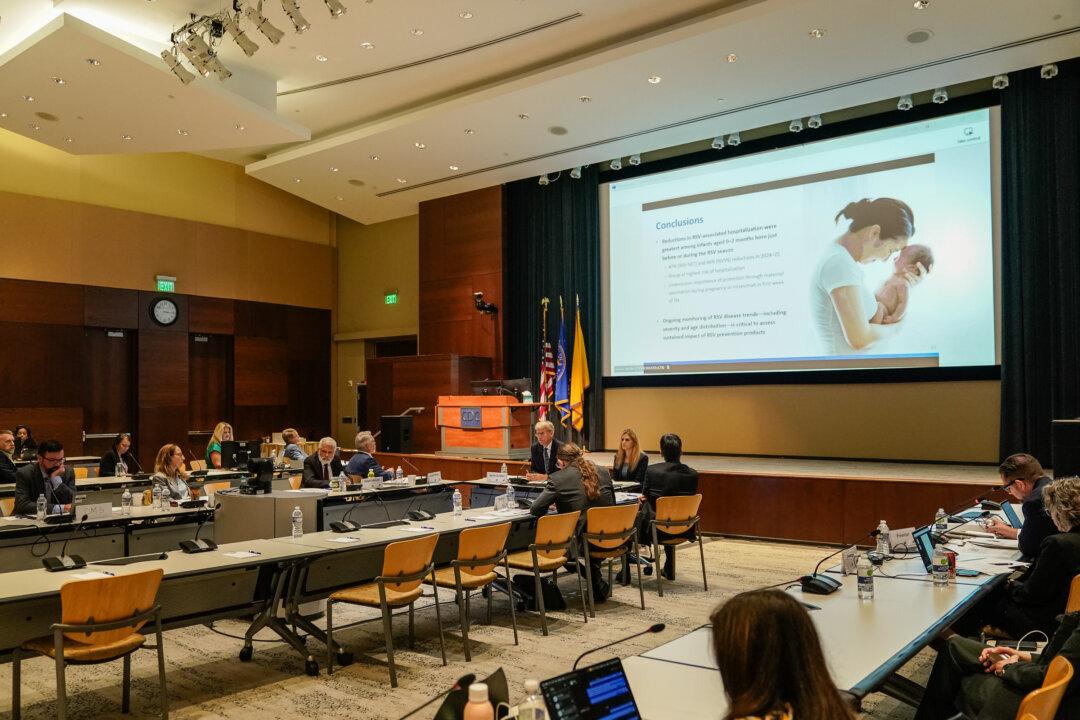The Centers for Disease Control and Prevention (CDC) updated guidance on how the CCP virus can spread after its quiet alteration to such guidance sparked confusion.
The federal health agency said that the CCP (Chinese Communist Party) virus—also known as the novel coronavirus—only spreads easily between people and does not spread easily in other ways.





